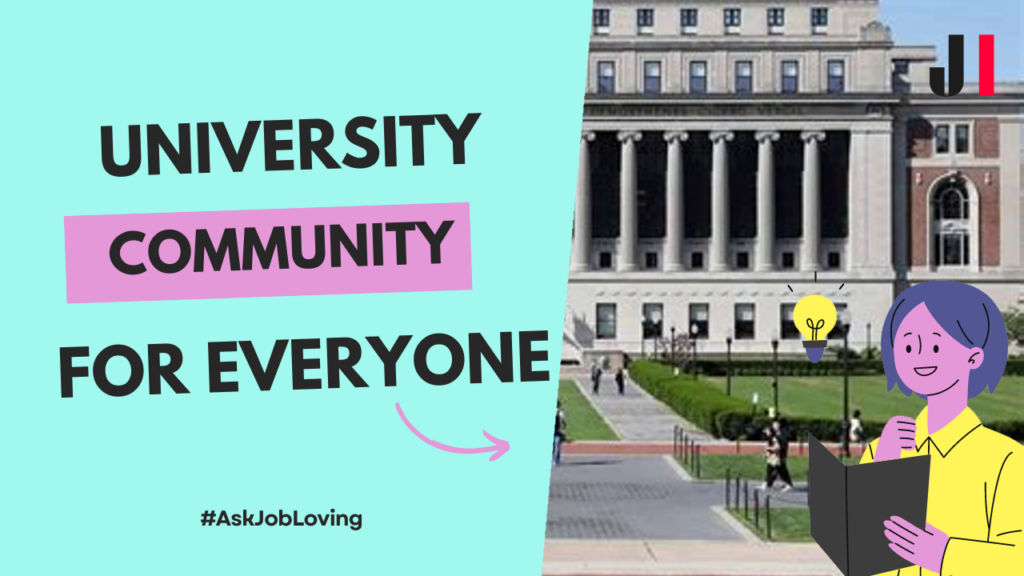Is Columbia University a Small School?
When you ask, “Is Columbia University a small school?” it’s essential to dive into what ‘small’ truly means in the context of higher education. While some might associate small schools with intimate class sizes and sprawling campuses, Columbia presents an intriguing case. Nestled in the heart of New York City, it’s an Ivy League institution with a vibrant atmosphere, drawing students from all corners of the globe.
To tackle the meat of the question, let’s start with student enrollment. Columbia University has approximately 8,500 undergraduate students and around 15,000 graduate students. In the grand scheme of things—especially when compared to larger public universities that may host tens of thousands—the numbers suggest that Columbia operates on a more intimate scale. However, given its robust academic offerings and reputation, many wouldn’t consider it ‘small’ in a traditional sense.
Next on the list is campus size. Columbia’s main campus spans about 36 acres—a relatively compact footprint in contrast to sprawling state universities. The addition of the Manhattanville campus brings another 17 acres into the mix, but even combined with surrounding buildings like Barnard College and various dorms, it doesn’t rival the enormity of larger institutions. This limited geographic area contributes to a more cohesive experience for students that often feels ‘small’ and contained.
Academic Environment and Community Feel
Class sizes at Columbia vary, but many courses in undergraduate programs can have around 20-30 students, especially at advanced levels. This allows for meaningful interactions between professors and students while still providing those vibrant classroom discussions you’d expect from a top-tier university. Furthermore, both undergraduate and graduate programs emphasize collaborative learning and research, enhancing that tight-knit community feel.
A lot of students report that they form close friendships because of their shared academic rigor and interests. Although Columbia may not host rowdy parties on campus (most socializing happens off-campus), this unique atmosphere fosters strong connections among peers who are passionate about their studies.
Moreover, the diversity of perspectives at Columbia is noteworthy. It gathers intellectually curious individuals hailing from numerous backgrounds—many being incredibly motivated and driven. Sure, there’s a fair amount of rivalry among Ivy League schools regarding prestige or ranking; however, this diversity makes Columbia anything but ordinary—small or large!
Conclusion: What’s the Verdict?
So is Columbia University considered small? While it may not fit the bill when stacking it against other solely small liberal arts colleges or even large state universities with capacious enrollment figures, its student body and physical size lend themselves to an intimate environment that fosters strong connections amongst scholars. Ultimately, whether you see it as ‘small’ depends on your frame of reference: if you’ve been eyeing schools larger than small cities, Columbia might feel cozy; however, its Ivy League stature brings a sense of enormity with global prestige.
If you’re eager for more insights or need assistance navigating your educational journey—whether it’s about college choices or comparing institutions—connect with us at the JobLoving community! We are here to help you embark on your academic adventures!

